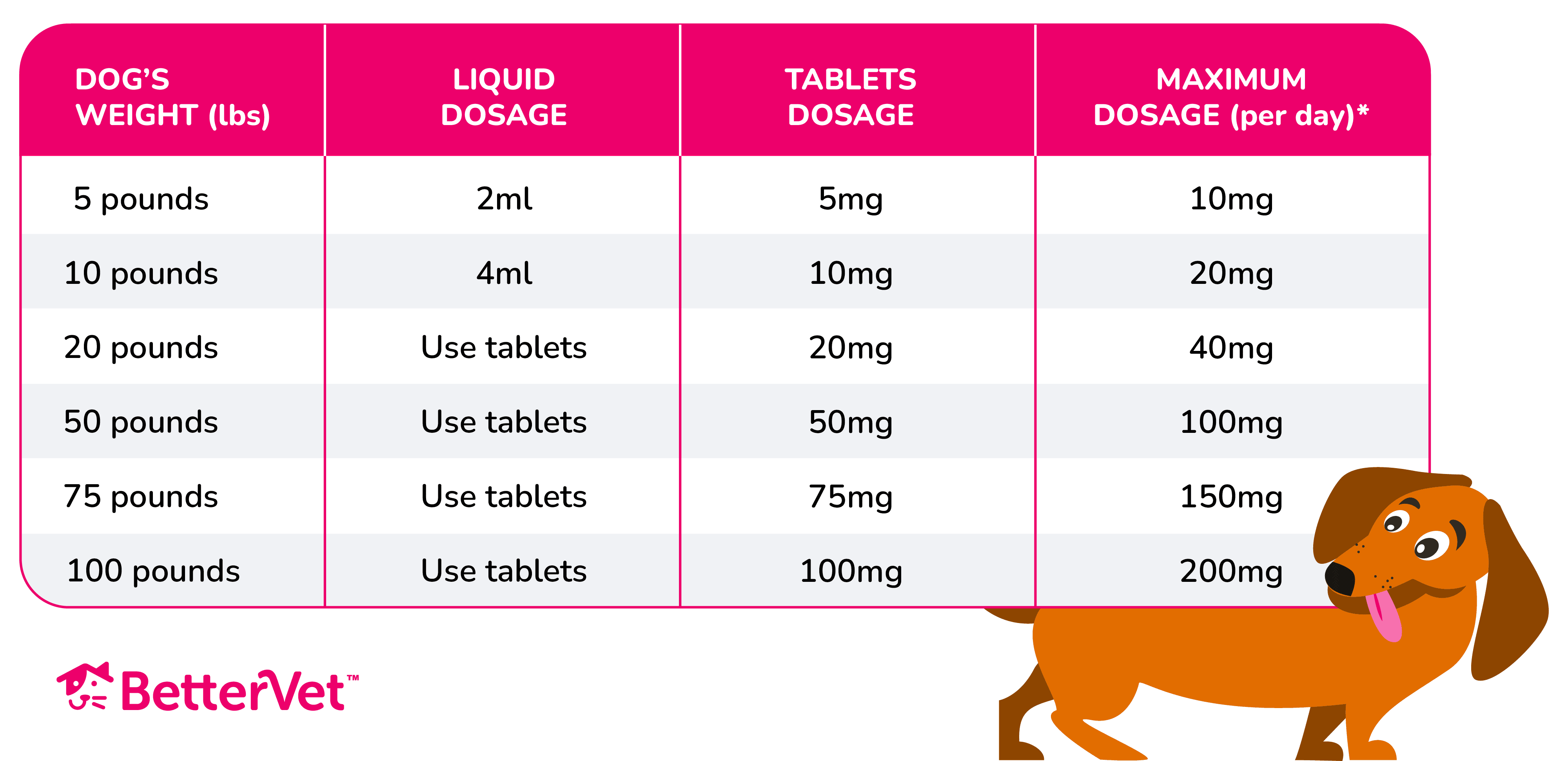Effective Ways to Stretch Quads for Improved Flexibility in 2025

Effective Ways to Stretch Quads for Improved Flexibility
Stretching the quadriceps is essential for athletes and fitness enthusiasts alike, especially in 2025 as focus on flexibility becomes pivotal in performance enhancement and injury prevention. Quad stretching is not only important for athletes but also for anyone looking to improve overall muscle flexibility and relieve tightness. This article presents effective techniques for stretching quads, providing insights into dynamic and static stretches suitable for all fitness levels. You'll learn about the benefits of quad stretching, popular quad stretches for athletes, and how to incorporate these stretches into your routine for maximum efficiency.
Understanding the anatomy of the quadriceps can help tailor your stretching practices. The quadriceps, located at the front of your thigh, are crucial for activities such as running, jumping, and walking. Tight quads can lead to discomfort, reduced mobility, and even injuries, making it imperative to maintain their flexibility. In the following sections, we’ll explore various methods, tips, and routines designed to help you improve quad flexibility effectively.
Let’s get started with the key techniques for how to stretch quads effectively.
Understanding Quad Stretching Techniques
Before you dive into specific quad stretches, it's vital to understand the different techniques involved in stretching. The two primary approaches are static and dynamic stretching. Each technique serves a unique purpose in your stretching routine.
Static Quad Stretches
Static quad stretches involve holding a stretch for a set period, typically 15 to 30 seconds. These stretches are ideal for increasing flexibility and promoting relaxation post-exercise. Common static quadratic stretches include:
- Standing Quad Stretch: This classic pose involves standing on one leg while pulling the opposite foot toward your glutes. Keep your knees close together and hold the position for maximum stretch.
- Lying Quad Stretch: Lying on your side, pull the foot of your top leg towards your glutes. This stretch is great for targeting tight areas effectively.
- Seated Quad Stretch: While seated, extend one leg while bringing the other foot toward your glutes. This variation allows for stretching in various angles.
Static stretches are beneficial for flexibility gains, especially after workouts. However, it's important to perform them safely to avoid overstretching.
Dynamic Quad Stretches
Dynamic stretching is performed through active movements that help warm up the muscles. These stretches are best included in your pre-workout routine. Some effective dynamic quad stretches are:
- Walking Quad Stretch: While walking, alternate pulling your foot to your glute to stretch your quads dynamically.
- Lateral Leg Swings: Swing your leg side to side while standing to engage your quads and improve mobility.
- Knee Hugs: As you walk, bring your knee to your chest and hold briefly, alternating legs. This not only stretches the quads but also engages the hip flexors.
Incorporating dynamic stretches into your warm-ups increases blood flow to the muscles and enhances performance readiness. With both stretching techniques addressed, let's explore some favorite quad stretches for athletes.
Best Quad Stretches for Athletes
Athletes often require more targeted quad stretches to maintain performance levels and avoid injury. Below are the best quad stretches specifically beneficial for athlete practices:
Quad Stretches for Runners
For runners, effective quad stretches are crucial in preventing tightness that can lead to injuries. The standing quad stretch is a staple, while a foam rolling technique can target tight knots effectively. Gently roll over the quads to improve muscle elasticity and aid in recovery. This technique serves athletes well, particularly during post-exercise routines.
Quad Stretches with Resistance Bands
Using resistance bands can enhance the effectiveness of quad stretching. Attach the band to a stable point and loop it around your ankle. As you pull your foot towards your glutes with the band, you’ll maintain resistance while stretching, which can improve mobility and strength simultaneously.
Quad Stretch Exercises for Recovery
Incorporating quad stretch routines into recovery practices significantly enhances flexibility. Post-workout, consider slow quad stretches such as lying or seated variations. Incorporating static holds can counteract muscle stiffness and promote healing, especially following intense workouts.
Quad Stretching Tips for Maximum Benefits
To get the most out of your quad stretching routine, there are several tips that can help you enhance effectiveness while preventing injury:
Understanding Stretch Duration
Holding stretches for 15-30 seconds is crucial for effectiveness. Avoid bouncing, as this can lead to strains. Instead, focus on smooth transitions into and out of stretches.
Adequate Warm-Up Before Stretching
Always warm-up your muscles before stretching to increase blood flow and prepare them for activity. A quick, light cardiovascular warm-up for 5-10 minutes can significantly enhance your stretching effectiveness.
Avoid Common Stretching Mistakes
Many people make common mistakes when stretching, such as overstretching, failing to breathe deeply, and neglecting to listen to their bodies. Always prioritize comfort and gradually increase your difficulty level as flexibility improves.
Creating a Personalized Quad Stretching Routine
Designing a quad stretching routine should be tailored to individual needs and performance goals. Here’s how you can create a comprehensive routine:
Assessing Your Current Flexibility
Start by evaluating your level of flexibility. Understanding where you stand will help lay a foundation for setting realistic stretching goals. Use a baseline stretching assessment to identify tight areas needing attention.
Incorporating Supporting Exercises
Integrate quad strengthening exercises into your routine. By strengthening the muscle alongside flexibility work, you enhance overall performance and reduce injury risk. Consider adding lunges or squats, targeting the quads for comprehensive conditioning.
Setting Consistent Stretching Goals
Establish a routine with realistic frequency and duration for stretches you can maintain. Daily practice or conditioning incorporates both dynamic and static exercises depending on your activity levels.
Q&A: Common Questions About Quad Stretching
What are the benefits of quad stretching?
Quad stretching improves flexibility, enhances muscle performance, aids in recovery, and reduces the risk of injuries. It also helps alleviate tightness, improving your range of motion.
How can I relieve tightness effectively?
Incorporate both dynamic and static stretches targeting the quads. Foam rolling before your stretching session can also alleviate tightness effectively.
How often should I stretch my quads?
For optimal results, consider stretching your quads at least three to four times per week, making adjustments based on activity levels and your body's responses.
Conclusion
Engaging in quad stretching regularly provides numerous benefits that enhance performance and promote injury prevention effectively. By understanding the techniques and incorporating effective quad stretches into your routine, you set yourself up for great results. As you continue to explore various methods, remember to listen to your body and adapt accordingly for ongoing improvement in flexibility.

 ```
```